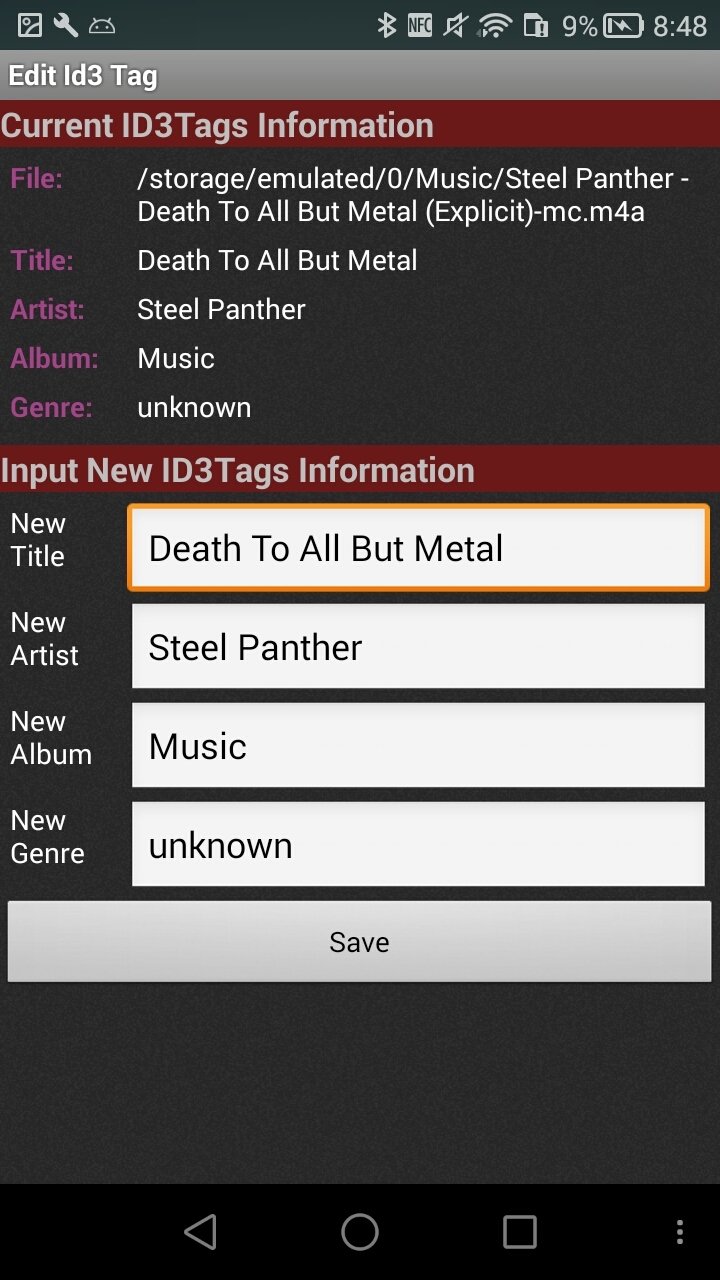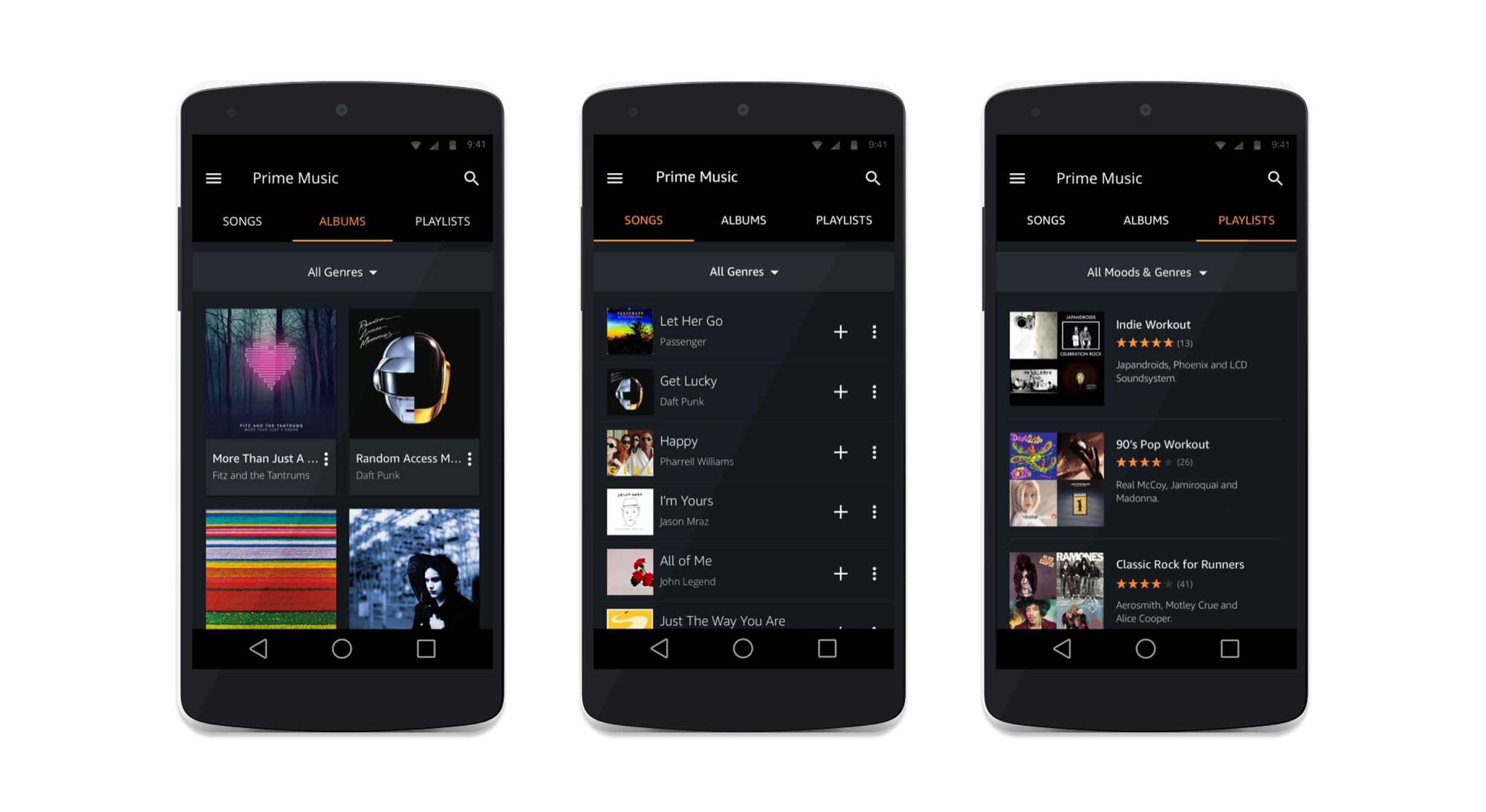
Some tracks, such as these “mashups” from DJs around the world, simply don’t appear on Spotify.

Spotify adds the folder, but the music stored within it doesn’t appear.

Here, Spotify appears to allow you to add music folders stored on OneDrive-but in practice, it hasn’t worked for me. You can also tweak where Spotify looks for those local tracks by opening the Settings menu and scrolling down to Local Files, then Add a Source. Spotify’s Windows 10 app includes a Local Files tab on the left-hand rail, and the app will show you any tracks you have stored locally, on your PC. It seems as if you can add files from OneDrive to Spotify, but it just doesn’t work. (If you don’t have a Music folder in your main OneDrive account directory, you’ll need to create one.) By default, Groove will sniff your Music folder on your local PC, and a Music folder on OneDrive. Groove will collect any MP3s that it finds locally on your PC and on OneDrive, but first you need to tell it where to look. You can fill up your remaining space with your MP3s. If you subscribe to Office 365 and its terabyte of OneDrive storage, chances are that you don’t have a terabyte’s worth of Word documents stored online. How to back up your MP3 files to the OneDrive cloud Microsoft negotiated a deal with Spotify to transfer over your purchased music and playlists, but if you didn’t download them first they simply reside within the Spotify service. Instead, safeguard your MP3 files in your OneDrive cloud storage account, and use Groove Music’s app as the front end. The answer to all these threats is not to store gigabytes of MP3s locally, where they can be lost or accidentally erased. Google also “matches” songs, rather than accepting your actual uploads-if you uploaded a rare track that Google misidentified and replaced, you might be out of luck.

Even Google Play Music, which allows you to upload a whopping 50,000 MP3s to its music locker, seems to be considering merging the service with YouTube Red.


 0 kommentar(er)
0 kommentar(er)
